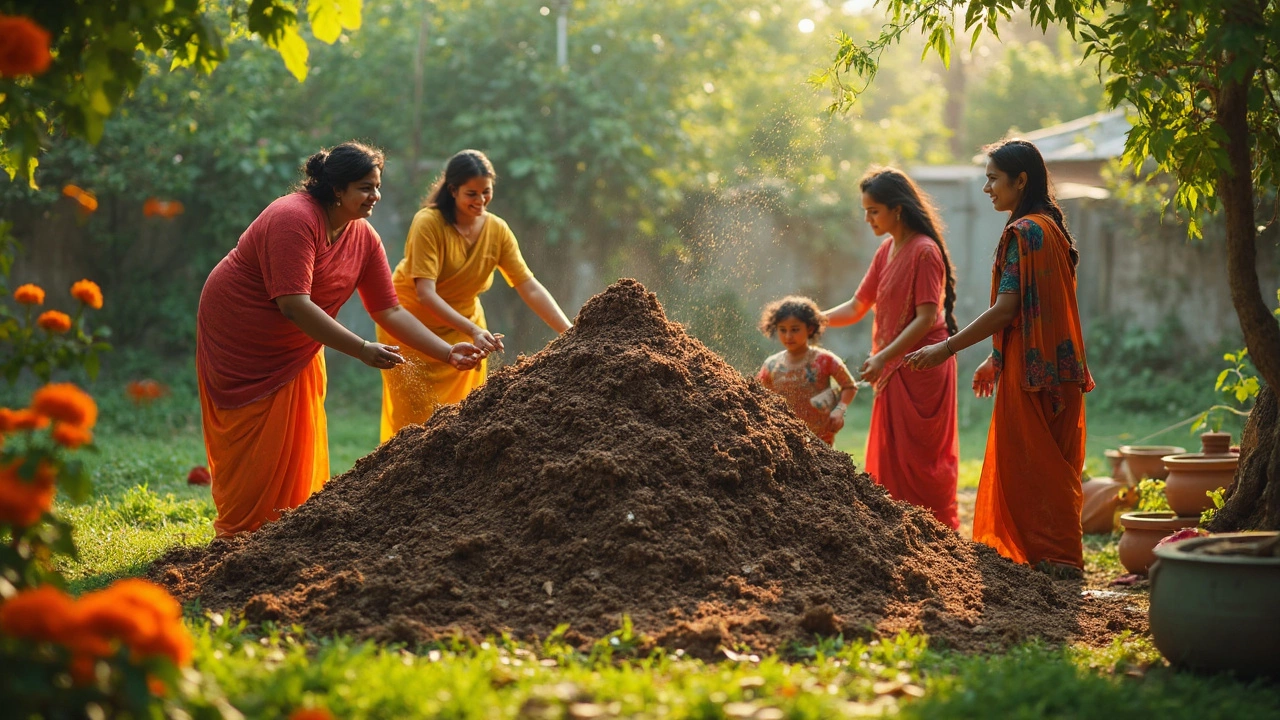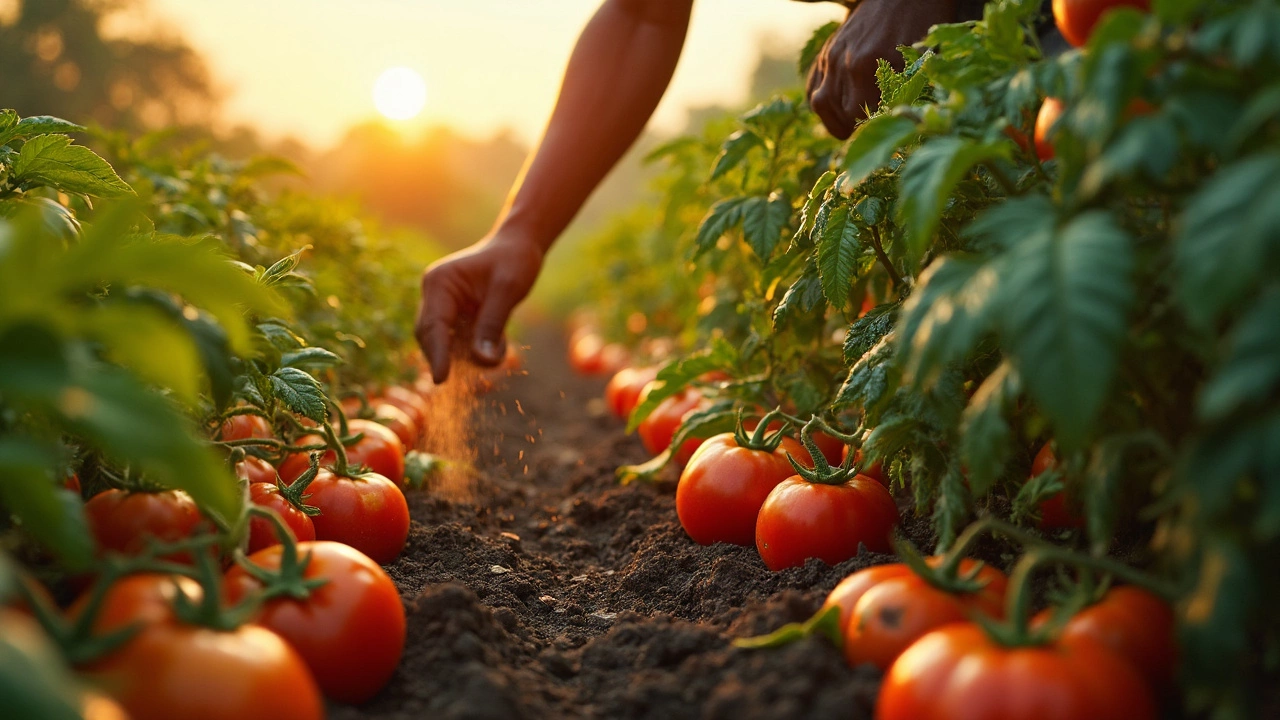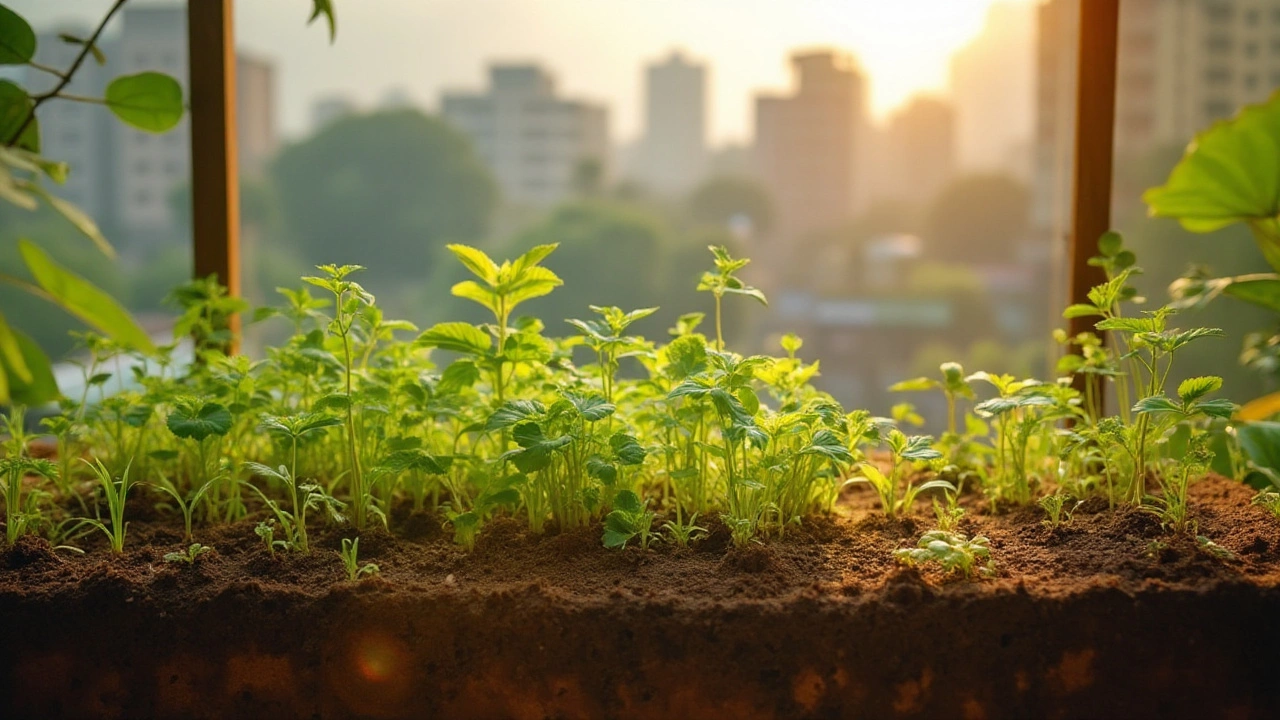Everything you need to know about compost activators—how they work, what ingredients speed up compost, and practical tips to supercharge your pile naturally.
Garden Soil: What Makes It Work and How to Fix It
When we talk about garden soil, the living layer where plants root, breathe, and feed. Also known as growing medium, it’s not just dirt—it’s a mix of minerals, organic matter, air, water, and tiny organisms that make plants thrive. In India’s varied climate, from the dry heat of Rajasthan to the monsoon-soaked soils of Kerala, garden soil needs to be more than just what’s under your feet. It needs to hold water without turning to mud, drain fast enough to stop roots from rotting, and feed plants without burning them.
Many gardeners struggle because they treat soil like a static thing—something you fill a pot with and forget. But soil amendments, materials added to improve soil structure and nutrition. Also known as soil conditioners, it’s the secret weapon of successful growers. If your soil feels like concrete, you need compost for clay soil, decayed organic matter that opens up heavy soils and adds nutrients. If it drains too fast and dries out in hours, perlite for garden, a lightweight volcanic rock that improves aeration and drainage. These aren’t magic fixes—they’re practical tools used by farmers and balcony gardeners alike to turn bad soil into a home for plants.
Good garden soil doesn’t happen by accident. It’s built over time with what you add and what you avoid. That’s why posts here cover real fixes: how to loosen dense soil without digging up your whole yard, why leaf mold works better than store-bought potting mix for Indian conditions, and how to tell if your soil is too acidic or too salty. You’ll find advice on what to mix in, what to leave out, and how to test your soil without buying fancy kits. These aren’t theories—they’re what works in small urban gardens, terrace farms, and backyard plots across India.
What you’ll find below isn’t a list of generic tips. It’s a collection of real problems and real solutions—like how to fix clogged drip lines that ruin soil moisture, why rabbits target certain plants in poor soil, and how to grow year-round flowers without relying on chemical fertilizers. Every post here answers a question someone actually asked while kneeling in their garden, covered in dirt, wondering why their plants just won’t grow.
Are coffee grounds good for bleeding hearts? This article digs into whether you should toss those grounds from your morning brew onto your bleeding heart plants. Get the inside scoop on what bleeding hearts need, the real deal about using coffee grounds in your garden, and clever ways to boost your soil. Discover easy composting tips, and find out what actually helps these plants thrive—without guesswork.
Mixing topsoil with existing soil might seem straightforward, but it can significantly impact plant growth. This guide explores when and how to mix soils effectively. We'll discuss soil types, benefits, and crucial tips for boosting your garden's health. Proper mixing can transform barren patches into lush landscapes.
Getting the frequency of fertilizing tomatoes just right can make all the difference in your garden's success. This article delves into the optimal schedule for feeding your tomato plants, how to assess soil health, and tips for using organic and inorganic fertilizers effectively. It provides practical advice to ensure your tomato plants thrive, without overdoing it, all while keeping health and environmental impacts in mind.
Raised garden beds are a popular choice for gardening enthusiasts, offering improved control over soil quality and drainage. Choosing the right material for the bottom of the bed is crucial to ensure proper drainage and prevent pests. Options range from natural materials like straw and leaves to recycled materials that promote sustainability. This guide explores various materials to use at the bottom of your raised garden beds, ensuring optimal plant growth and soil health.




